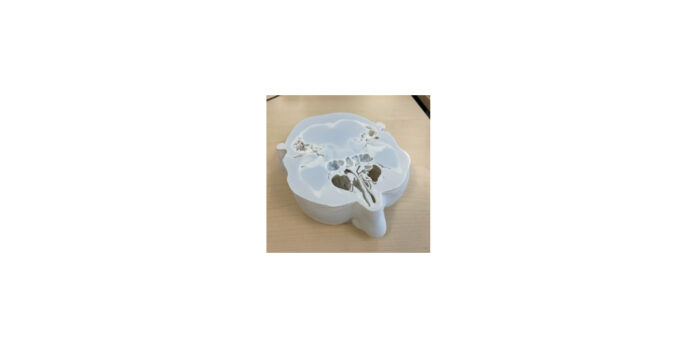
Medical imaging has made advancements in recent years with the help of technologies like 3D printing and AI, enabling doctors to create and visualize real scenarios to offer better treatment. Now, Stratasys has joined forces with Siemens Healthineers to provide 3D modeling services to doctors.
The polymer 3D printing company is partnering with Siemens digital medical imaging wing to develop advanced medical imaging phantoms for computed tomography (CT) imaging in a landmark research project.
Enhancing CT phantoms with 3D modeling
The CT phantoms are an essential part of medical imaging in hospitals globally. They are special devices that measure the performance of CT scanners, an important diagnostic tool.
The CT phantoms assess crucial core metrics like radiation dose, image quality etc which help in the proper calibration and safeguarding of scanner performance.

Now the Stratasys’ PolyJet™ technology coupled with the RadioMatrix™ technology, and Siemens Healthineers’ advanced algorithm aim to convert these scanned patient images or CT scans into special material characteristics of radiopacity of the human body, making way for custom-made CT phantom creations. These phantoms with their ultra-realistic human anatomy will help doctors in providing patient-specific pathological solutions because of radiographic accuracy.
This joint venture will help in the eventual development of 3D printed cadavers for doctors to practise, replacing the need of human cadavers as it enables critical efficiencies and reduces human variability.
This landmark research by Stratasys will provide the necessary insights to enhance the CT system algorithms which will further lead to materials development that could be used in many fields.
The Vice President of Stratasys, Erez Ben Zvi said: “This partnership with Siemens Healthineers will enable us to jointly explore the vast possibilities of our radiopaque materials and 3D printing technologies to overcome these barriers”.
The research project started with 3D printed phantoms for the head and neck region with potential to move onto large and complex anatomies, until it reaches the Phase One endpoint of 3D printed heart model. By the end of Phase one, an entire human torso would be created with radiographic accuracy. Earlier in 2017, Siemens partnered with Materialise to bring Materialise inPrint software to doctors so that they can visualize and create 3D anatomic models for accurate surgery and other medical applications.
Head of CT Product at Siemens Healthineers Lampros Theodorakis said: “Knowledge gained from this project provides a breakthrough in medical imaging that will open up new avenues for uses when it comes to 3D printing and imaging”.
Remember, you can post job opportunities in the AM Industry on 3D ADEPT Media free of charge or look for a job via our job board. Make sure to follow us on our social networks and subscribe to our weekly newsletter : Facebook, Twitter, LinkedIn & Instagram ! If you want to be featured in the next issue of our digital magazine or if you hear a story that needs to be heard, make sure to send it to contact@3dadept.com

